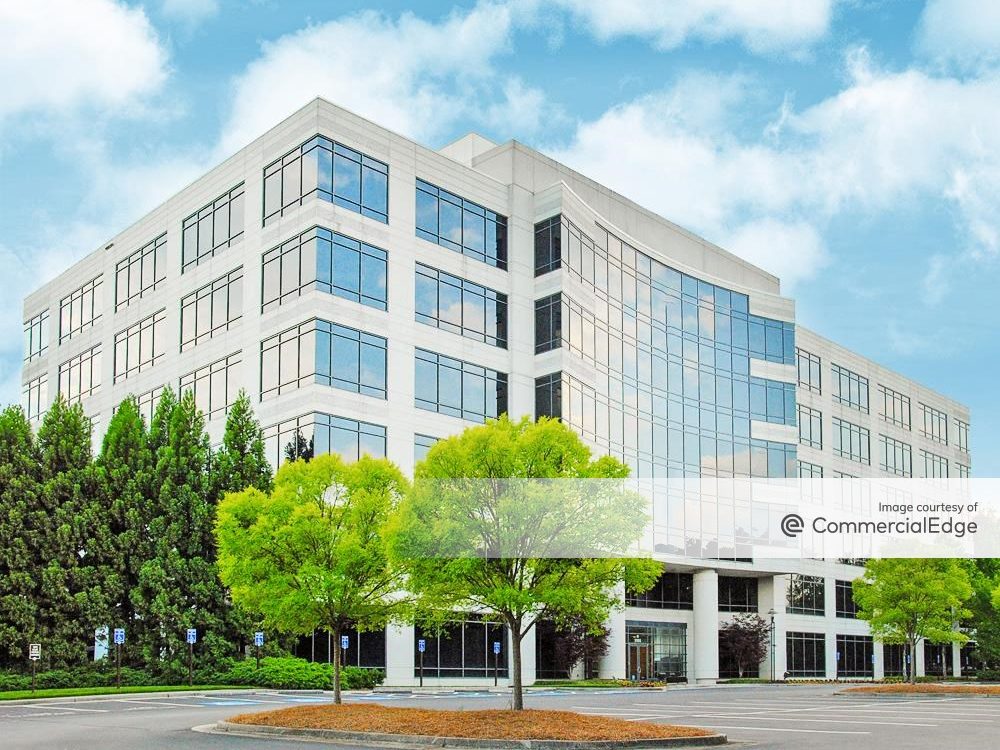Opportunity Zones Program Takes a Step Forward
Recent IRS hearings aimed to clarify the new vehicle, which holds significant potential for investment in low-income communities across the U.S.
Last week, the IRS held a public hearing in Washington, D.C., on proposed regulations concerning investments in qualified opportunity funds (QOFs). Though much remains to be fleshed out about this new program, what seems clear already is that there are aspects to it that investors will indeed love.
The program creates tax incentives for investing in certain low-income census tracts that have been designated as qualified opportunity zones (QOZs). The QOF/QOZ program was created by the Tax Cuts and Jobs Act of 2017 and initial guidance on QOFs was issued by the IRS in mid-October.
The hearing was the agency’s first on this new investment vehicle. Uncertainties regarding various aspects of the program reportedly have left some investors and other potential stakeholders unsure about how to move forward with it.
As of now, the Treasury Department’s Community Development Financial Institutions Fund has a page with Opportunity Zones resources, including a list of designated QOZs.
A promising program
To get a clearer picture on a program that’s still in flux—but could be a major boon to certain CRE investors and developers—Commercial Property Executive spoke with Edward Renn, a partner with Withers Worldwide, New York, who has closely followed the QOF program’s gestation.
Off the bat, he noted, there’s one key difference from most prior similar programs, in which an investor had to send an application to an administrator. QOF is different: “You don’t need permission from anyone. It’s self-certified.” Also, the program is intended to be broader than similar programs. More than 8,700 census tracts are included, or about 20 percent of low-income tracts nationwide, Renn said.
And the potential benefits are so substantial, he said, that some observers are wondering if the program might be too good to be true, because it provides both tax deferral and a basis bump. “The real magic here is that capital gains on the QOZ property are tax-free if the QOZ property is held for at least 10 years.”
For this and other reasons, Renn said, “There’s a whole lot of interest in this.”
The IRS so far has been responsive and helpful regarding the QOF program, he said, and input from this hearing presumably will be reflected in the next round of regulations, probably to be issued in March. However, Renn does caution investors that “your state tax treatment is going to vary.”
Likely or proposed CRE uses of QOZs include the redevelopment of multi-family properties, repurposing office or warehouse space into hotels, new or renovated strip malls, standalone solar or wind energy projects, and, in theory, even brownfield projects, according to Renn.
Interestingly, some of the designated census tracts, such as Hell’s Kitchen and Long Island City in New York, and the Arts District in Los Angeles, are gentrifying already. “Most of the bang for the buck will come from a few hundred sites,” he predicts.
Overall, Renn said, the program will appeal to investors looking to defer big capital gains—and to developers who have projects needing “reasonably priced, sticky money,” in comparison to current rates for mezzanine debt.
Image courtesy of Withers Worldwide








You must be logged in to post a comment.